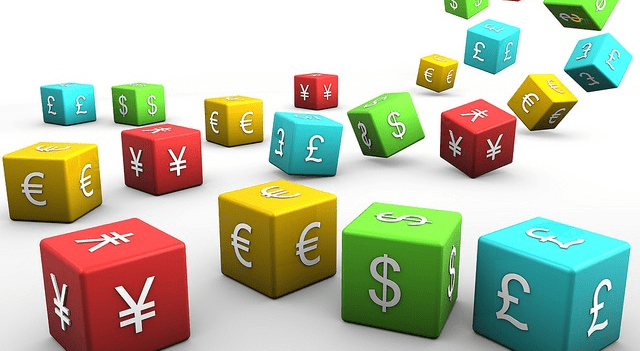The U.S. dollar remained firm early Wednesday, trading close to its highest level in over two weeks, as markets reacted to escalating trade rhetoric from President Donald Trump, including the threat of a 50% tariff on copper imports.
As of 04:45 ET (08:45 GMT), the U.S. Dollar Index—which measures the greenback against six major currencies—rose 0.1% to 97.267, following Tuesday’s climb to levels last seen on June 25.
Dollar finds support amid tariff threats
Investors gravitated toward the dollar as a safe haven after Trump intensified trade tensions by announcing plans for heavy tariffs on copper and signaling that additional levies on semiconductors and pharmaceuticals are in the pipeline.
In a late-night social media post on Tuesday, Trump said he would unveil a list of seven countries “having to do with trade” on Wednesday morning, with more to come later in the day. This followed his move earlier in the week to notify 14 countries—among them Japan and South Korea—about sharply increased import duties.
While these developments stoked uncertainty, attention is now shifting to the Federal Reserve, which is set to publish the minutes from its June policy meeting later in the day. Market participants are hoping for more clues on how the Fed views the interest rate outlook for the remainder of the year.
At its June meeting, the central bank held rates steady in the 4.25%–4.5% range, citing the need to assess “the impact of Trump’s tariffs” before adjusting policy.
Analysts at ING noted that “the consensus expectation is probably that two members, Bowman and Waller, will have flagged their dissent at the meeting before delivering dovish comments to the media a few days later.” They added, “if the minutes show a greater dovish front, then the dollar could take a hit as the bar for data to justify a summer cut would be lower.”
Euro weakens on tariff risk
The euro fell against the dollar, with EUR/USD down 0.2% at 1.1703, amid concern that the European Union could be targeted next in Trump’s widening trade agenda. Trump reportedly said he is “drafting a tariff letter” to the EU, as talks between Washington and Brussels drag on.
“Tariffs on the EU would mark an important escalation that can also harm the dollar, offsetting the hit on the euro,” ING analysts observed. “Anyway, the market’s baseline will probably remain that a EU-US deal should be agreed by the 1 August deadline, and EUR/USD may not drift far from the 1.16–1.18 area unless U.S. data surprises in either direction.”
Sterling edges higher, Asian currencies mixed
The British pound gained 0.2% to 1.3595, benefitting from investor perception that the U.K. remains insulated from fresh U.S. trade threats due to its existing trade deal with the Trump administration.
In Asia, the Japanese yen weakened slightly, with USD/JPY up 0.1% at 146.70, while USD/CNY ticked up 0.1% to 7.1813 following Chinese CPI data for June. The figures showed a slight rise in consumer prices, aided by state subsidies and improving trade sentiment.
The Australian dollar continued its upward momentum, inching 0.1% higher, following Tuesday’s surprise decision by the Reserve Bank of Australia to leave rates unchanged.
Meanwhile, NZD/USD rose 0.1% to 0.6002 after the Reserve Bank of New Zealand held rates steady as expected, though it left the door open for a future cut if inflation keeps softening.
This content is for informational purposes only and does not constitute financial, investment, or other professional advice. It should not be considered a recommendation to buy or sell any securities or financial instruments. All investments involve risk, including the potential loss of principal. Past performance is not indicative of future results. You should conduct your own research and consult with a qualified financial advisor before making any investment decisions.
